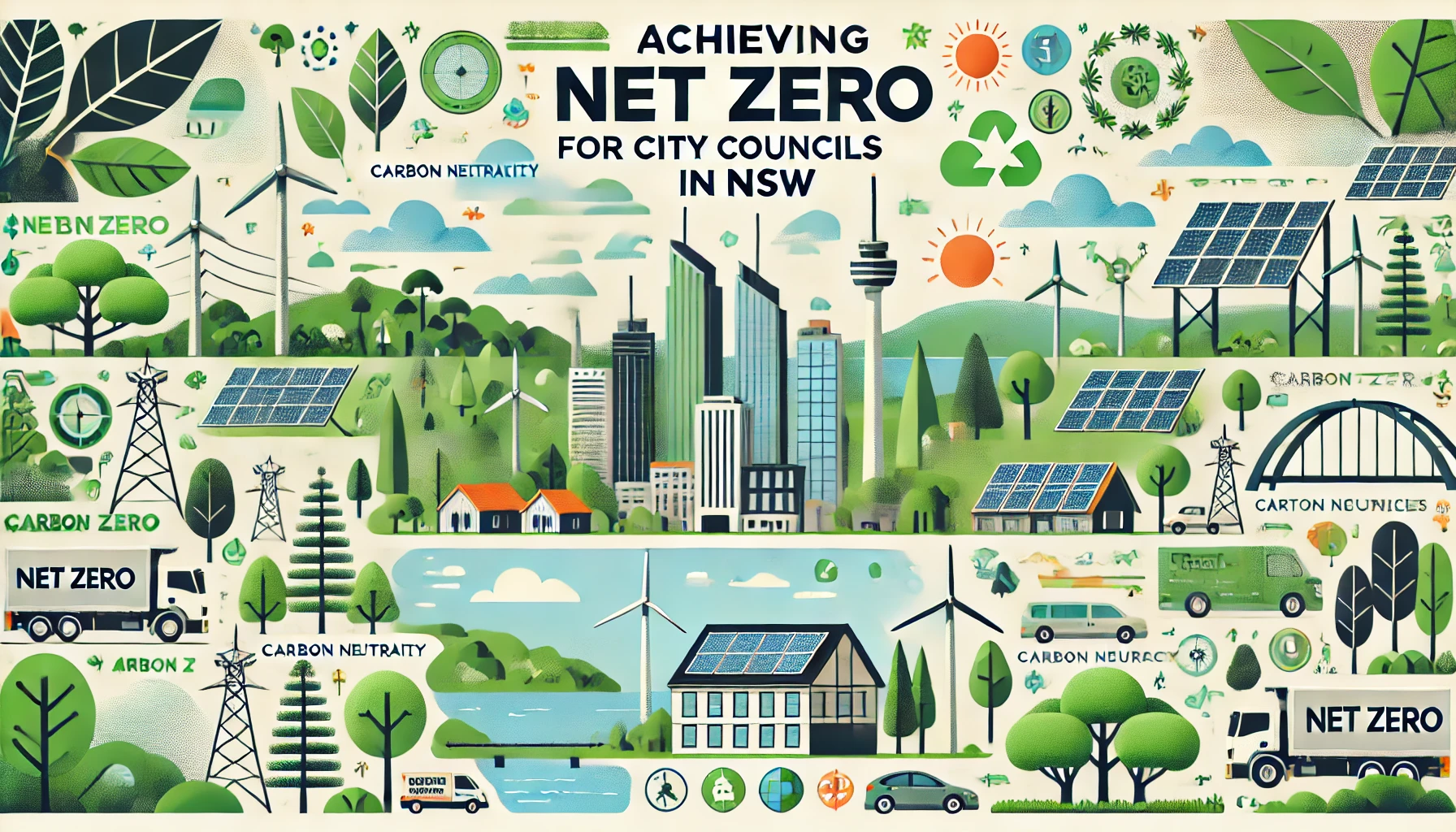In Australia’s dynamic climate and business environment, precisely measuring and reducing carbon emissions is now a strategic imperative. Direct operational emissions (Scope 1) and purchased electricity emissions (Scope 2) are often straightforward to measure. However, the vast and intricate world of Scope 3 emissions – indirect emissions across an organisation’s entire value chain – presents a significant data challenge. This is where spend-based carbon factors Australia offer a pragmatic and increasingly vital solution.
Understanding Spend-Based Carbon Factors
What exactly are spend-based carbon factors? They are coefficients. These factors convert Australian dollar (AUD) expenditure into an estimated quantity of greenhouse gas (GHG) emissions. We express this in tonnes of carbon dioxide equivalent (tCO2e). They provide a rapid way to understand the climate impact of your financial transactions.
These powerful factors originate from sophisticated Environmentally Extended Input-Output (EEIO) models. Imagine the intricate tapestry of the Australian economy. Here, every industry buys from and sells to others. EEIO models painstakingly link these complex economic flows to their associated environmental impacts, including GHG emissions. By analysing the emissions intensity of various Australian economic sectors, these models can generate an average carbon footprint per dollar spent within that sector.
Why Use Spend-Based Carbon Factors in Australia?
The primary utility of these factors is clear. They offer a practical approach for estimating emissions when granular activity data is unavailable, too costly, or simply impractical to collect. This is particularly true for diverse and often opaque categories within Scope 3. Consider:
- Purchased Goods and Services (Category 1): From daily office supplies to large professional consulting fees, meticulously tracking activity data for every single purchase is an enormous undertaking for any Australian business.
- Capital Goods (Category 2): Estimating embedded emissions in new machinery, equipment, or facility construction often relies on spend data. This happens when detailed lifecycle assessments are not yet available.
Ultimately, spend-based carbon factors Australia provide an invaluable starting point. They allow Australian businesses to quickly pinpoint their Scope 3 hotspots. Then, they can strategically prioritise areas where more detailed measurement and targeted reduction efforts will yield the greatest impact.
The Limitations of Spend-Based Carbon Factors Australia
While incredibly beneficial for broad assessments, it’s crucial for Australian organisations to understand their inherent limitations. These can influence the precision of your carbon footprinting.
Industry Averages and Lack of Granularity
Spend-based factors are, by definition, industry averages. For example, an Australian dollar spent on ‘transport services’ assumes a uniform emissions intensity. This is true regardless of whether that service provider uses an efficient electric fleet or older, fossil fuel-intensive vehicles. Such averages can obscure significant variations in the actual carbon performance of individual Australian suppliers or specific products.
Price vs. Carbon Intensity: An Uneven Match
Monetary value doesn’t always directly correlate with environmental impact. A premium-priced, sustainably certified Australian product might have a lower carbon footprint due to responsible production. Conversely, a cheaper, imported item could be highly carbon-intensive due to its manufacturing or logistics.
Furthermore, factors like inflation, the fluctuating Australian dollar exchange rate, and the impact of the Goods and Services Tax (GST) can distort the relationship between the reported ‘spend’ and the actual carbon impact.
Geographic Specificity and Import Challenges
Australia’s economy relies heavily on global supply chains. A significant portion of embodied emissions in products consumed here occurs offshore. This happens during manufacturing, processing, or international shipping. While advanced EEIO models, like multi-regional input-output (MRIO) models (e.g., EXIOBASE integrated with Australian data), try to account for these imported emissions, accurately attributing international impacts to Australian expenditure remains complex.
Data Lag: A Temporal Issue
EEIO models and their resulting factors typically use historical economic data. For instance, some publicly available Australian datasets might stem from 2019 or 2022 data. The carbon intensity of Australian industries evolves continuously. This is due to rapid grid decarbonisation (driven by renewable energy uptake), technological advancements, and shifts in regulatory frameworks. This inherent data lag means older factors may not fully represent the current realities of Australian supply chains.
Other Practical Considerations
- Double Counting Risk: Organisations must be careful when integrating spend-based methods with more granular activity-based data. Without meticulous boundary setting, you risk inadvertently double-counting emissions.
- Limited Actionability: Spend-based data is excellent for initial ‘hotspot’ analysis. However, it usually doesn’t provide the detailed insights needed for highly targeted reduction strategies. It won’t pinpoint which specific supplier or what particular component is the highest emitter.
The Australian Hybrid Approach to Carbon Accounting
Despite their limitations, spend-based carbon factors Australia are widely accepted. They play a critical role, especially in the formative stages of carbon accounting. The GHG Protocol, a foundational standard in Australia, acknowledges spend-based methods as a legitimate initial approach for Scope 3 emissions.
Many Australian organisations successfully adopt a ‘hybrid’ approach to carbon accounting. This strategy typically involves two key steps:
- Initial Broad Assessment: Begin with spend-based carbon factors Australia to quickly estimate across all 15 Scope 3 categories. This is especially useful for smaller or less material emission sources. It helps identify the largest emission contributors within your value chain.
- Progressive Refinement: Once hotspots are identified, strategically transition towards more accurate activity-based data. This could include precise fuel consumption records, waste tonnage reports, or kilometres travelled for logistics. Alternatively, seek supplier-specific data for your most material emission sources. This iterative process allows Australian organisations to continually enhance the accuracy of their carbon footprint over time. This also aligns with increasing demands for robust reporting.
This pragmatic methodology empowers Australian companies to start their carbon accounting journey without being overwhelmed by immediate data collection challenges. At the same time, they commit to improved accuracy as their capabilities and reporting obligations mature.
Reliable Updated Sources for Spend-Based Carbon Factors Australia
Accessing credible and current spend-based carbon factors Australia is crucial for accurate reporting. Here are some key sources:
- Zenodo Australian Spend-Based Emission Factor Dataset: This is a significant publicly available resource. It provides Australian Scope 1, 2, and 3 (upstream) spend-based emission factors. This dataset comes from Australian Input-Output tables and the global EXIOBASE dataset. It offers factors in kilotonnes-CO2eq/Million AUD for Australian industry groups. A free version for 2019 data is available. This provides an excellent foundational dataset. More recent data (up to 2022 and beyond) is available under a commercial license. This supports ongoing research and updates by XIO Sustainability Analytics and Vector Sustainability.
- IELab (Industrial Ecology Virtual Laboratory) / FootprintLab (for Climate Active): For Australian organisations pursuing Climate Active certification, this is vital. The Australian Government’s Climate Active Scheme often sources its Scope 3 spend-based GHG emission factors directly from The Industrial Ecology Virtual Laboratory (IELab). FootprintLab is a key contributor here. It provides these factors for economic sectors or product classes across the Australian economy. These factors update annually or biennially. They incorporate the latest Australian economic and environmental data, ensuring alignment with Climate Active’s rigorous methodology.
- Commercial Databases and Carbon Accounting Software: The most granular, frequently updated, and robust spend-based carbon factors Australia are typically found within commercial carbon accounting software platforms or specialised environmental databases. Providers in this sector invest significantly in building and maintaining sophisticated EEIO models. They integrate the most current Australian economic and emissions data. These solutions generally offer greater detail and more frequent updates than free sources. This makes them ideal for larger organisations with complex supply chains or those facing stringent mandatory reporting requirements.
- Academic Research and Consulting Expertise: Australian universities and research institutions continue to advance EEIO modelling. Their publications can offer valuable insights or specific factors for niche sectors. Furthermore, specialist Australian sustainability consultants are highly skilled in navigating these complex data sources. They apply the most appropriate factors and even develop bespoke factors for unique organisational contexts.
Conclusion: A Strategic Step for Australian Businesses
Spend-based carbon factors Australia are an indispensable and accessible tool. They help demystify and quantify complex Scope 3 emissions. While they have limitations – primarily their averaged nature, data currency, and import complexities – they provide a practical, cost-effective, and widely accepted methodology for initial carbon footprinting.
For Australian businesses, understanding these factors is crucial. Knowing their appropriate application (often through a flexible hybrid approach) and where to source reliable, updated Australian-specific data is fundamental. As Australia progresses towards increasingly rigorous mandatory climate-related financial disclosures, the capacity to robustly estimate, manage, and ultimately reduce value chain emissions will define responsible and resilient enterprises. Leveraging spend-based carbon factors Australia effectively is a critical stride towards a more transparent, sustainable, and decarbonised Australian economy.


